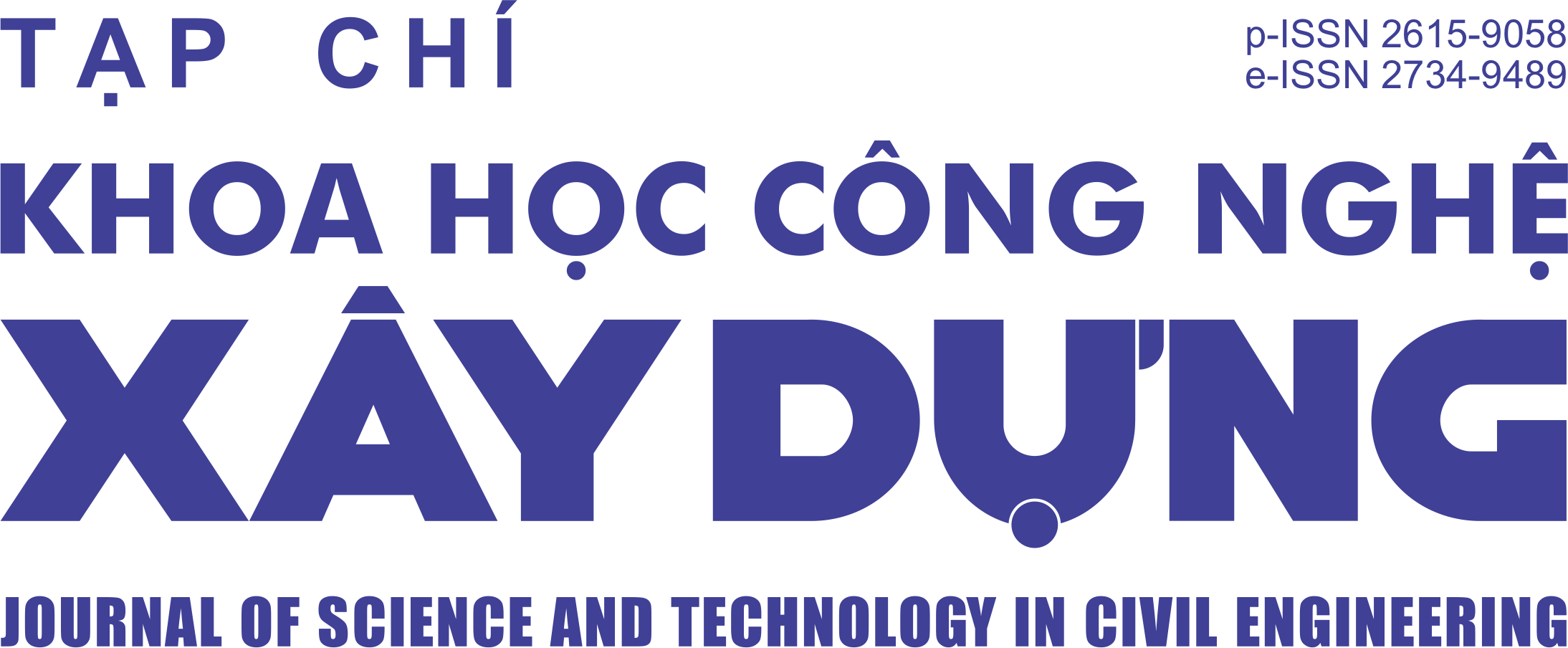Experimental investigation of the secondary creep of fiber reinforced concrete at high stress: Macroscopic measurement and digital image correlation
Abstract
The secondary creep of Fiber-Reinforced Concrete (FRC) under high sustained stress levels is a key issue for structural durability when considering the capacity to guarantee small crack widths under serviceability states. This study investigates the time-dependent deformation of FRC beams under loading level Ps/P0 greater than 80% (Ps is the load at reloading and P0 is the load before unloading) with various aggregate sizes by using both the classical macroscopic measurement and the digital image correlation analysis (DIC). Notched beams made of FRC and Fiber Reinforced Mortar (FRM) (i.e. without aggregate) were firstly pre-cracked by static load and then applied by a loading equal to 80% of strength. The evolution of the deflection, the crack width, and the crack propagation were both measured by traditional sensors and calculated by DIC. Comparison between results from FRC and FRM materials highlights the influence of microstructure heterogeneity on the secondary creep of FRC. Moreover, the DIC analysis helps to get insights on the secondary creep mechanism.
Downloads
Copyright (c) 2022 Hanoi University of Civil Engineering

This work is licensed under a Creative Commons Attribution-NonCommercial-NoDerivatives 4.0 International License.
1. The Author assigns all copyright in and to the article (the Work) to the Journal of Science and Technology in Civil Engineering (JSTCE) – Hanoi University of Civil Engineering (HUCE), including the right to publish, republish, transmit, sell and distribute the Work in whole or in part in electronic and print editions of the Journal, in all media of expression now known or later developed.
2. By this assignment of copyright to the JSTCE, reproduction, posting, transmission, distribution or other use of the Work in whole or in part in any medium by the Author requires a full citation to the Journal, suitable in form and content as follows: title of article, authors’ names, journal title, volume, issue, year, copyright owner as specified in the Journal, DOI number. Links to the final article published on the website of the Journal are encouraged.
3. The Author and the company/employer agree that any and all copies of the final published version of the Work or any part thereof distributed or posted by them in print or electronic format as permitted herein will include the notice of copyright as stipulated in the Journal and a full citation to the Journal as published on the website.







